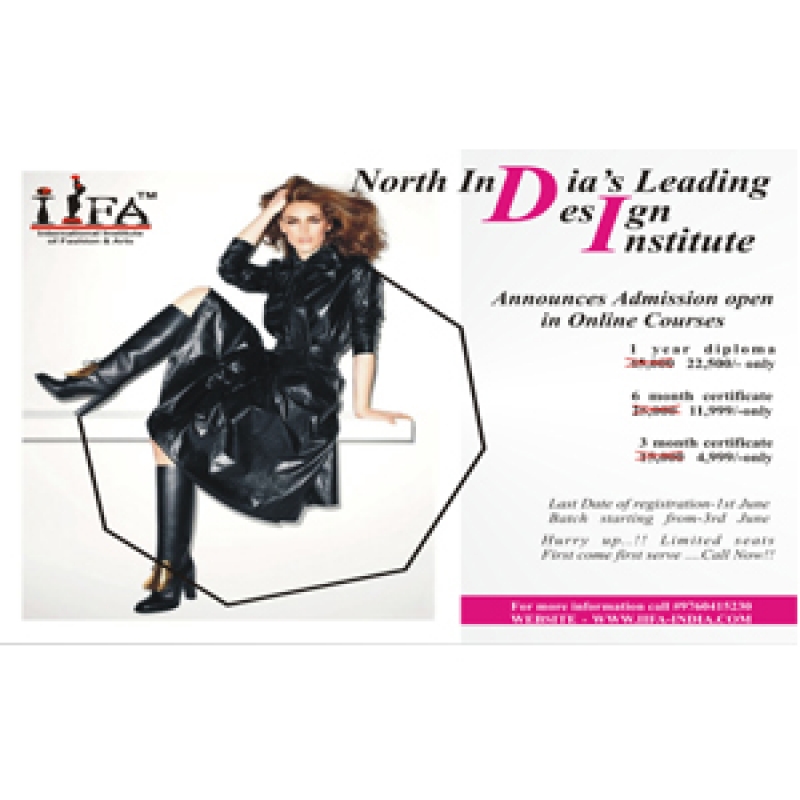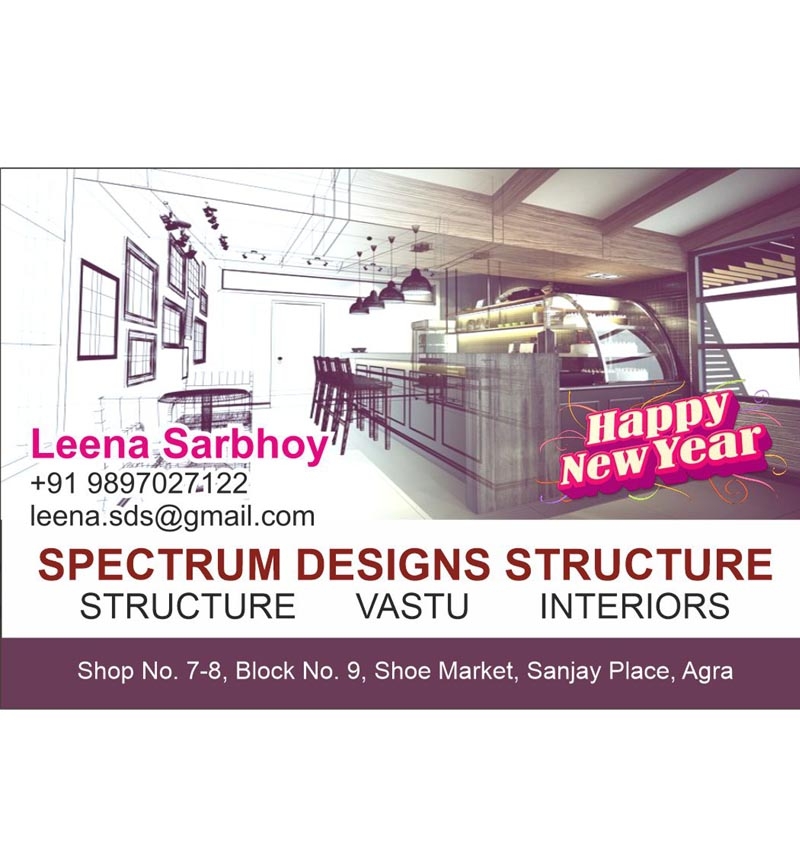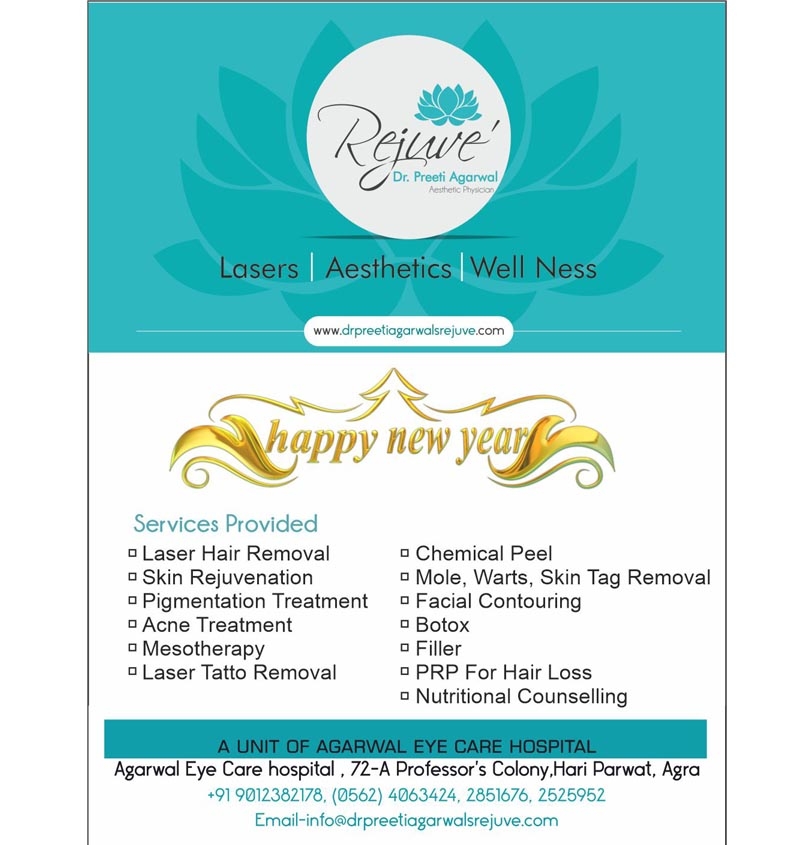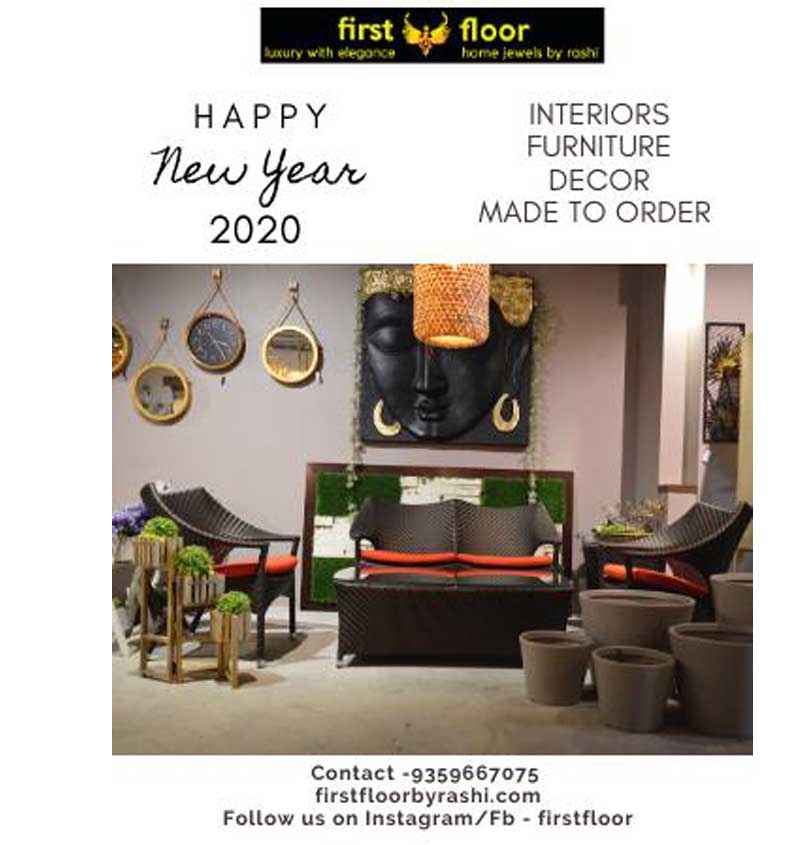🌿 The Principles of Wellness-Centered Design
At its core, designing for wellness is about intentionality. Every material, color, and layout choice impacts how we feel and interact with a space. Key principles include:
1️⃣ Biophilic Design: Bringing Nature In
Incorporating natural elements—like plants, natural light, water features, and organic textures—has been shown to reduce stress and promote creativity. Indoor gardens, living walls, and large windows that maximize daylight blur the line between indoors and outdoors, creating a sense of calm and connection.
2️⃣ Sensory Harmony
Designing for wellness means engaging all five senses:
-
Visuals: Soft color palettes, natural materials, and clutter-free layouts promote mental clarity.
-
Sound: Acoustic panels, water sounds, or curated soundscapes can soothe or energize.
-
Touch: Tactile surfaces like wood, stone, or textiles invite interaction.
-
Smell: Scents like lavender or eucalyptus can subtly enhance mood.
-
Taste: In wellness-oriented spaces like cafés or communal areas, healthy food options complete the sensory experience.
3️⃣ Lighting as a Mood Setter
Circadian lighting systems that mimic the natural rhythm of the sun support better sleep and energy levels. Layered lighting, combining natural light, ambient glow, and task lighting, allows flexibility and personalization.
4️⃣ Comfort & Functionality
Ergonomic furniture, cozy corners, and adaptable layouts encourage movement and rest. Spaces should evolve with the user—whether it’s a meditation area, a dynamic co-working zone, or a wellness lounge.
🧘 Designing for Emotional Wellness
Beyond physical comfort, design can influence emotional well-being:
-
Community-building spaces: Open layouts, shared seating, and collaborative zones foster connection.
-
Privacy zones: Quiet nooks or soundproof pods allow for reflection and solitude.
-
Color psychology: Soft greens, blues, and earth tones evoke calm, while vibrant accents can energize.
🌎 Sustainable Materials = Sustainable Well-Being
Wellness design goes hand-in-hand with sustainability. Using eco-friendly, non-toxic materials supports both the planet and human health. Consider:
-
Low-VOC paints and finishes.
-
Reclaimed wood and recycled materials.
-
Energy-efficient systems and natural ventilation.
✨ Wellness Design in Action: Real-World Examples
-
The Well, NYC: A holistic wellness space combining spa, fitness, and social areas, seamlessly integrating biophilic design and wellness practices.
-
Google's Offices: Featuring nap pods, nature-inspired break zones, and open, airy workspaces that promote creativity and collaboration.
-
Hospital Healing Gardens: Spaces designed with greenery, water features, and walking paths to aid in patient recovery.
🌿 The Future of Wellness-Centric Design
As we move forward, wellness design will continue to evolve—embracing smart technology, sustainability, and deeper personalization. The spaces we create today are not just backdrops for our lives but active contributors to our health, happiness, and growth.
Designing for wellness is about creating environments that nurture, heal, and inspire—spaces where we can truly thrive.



















Your Message